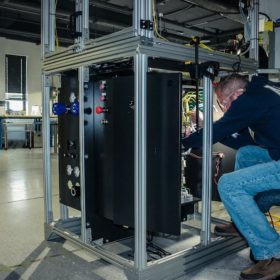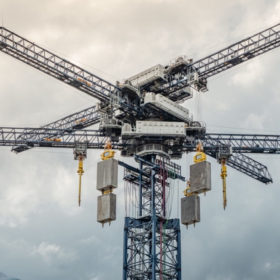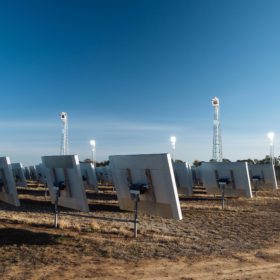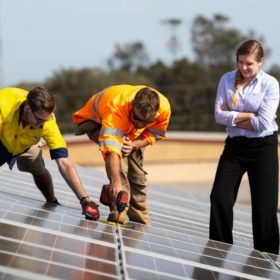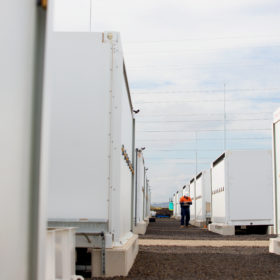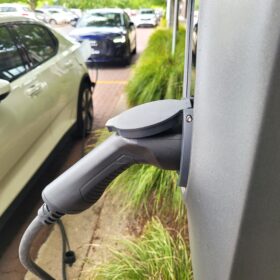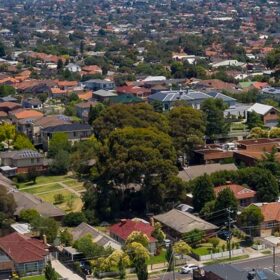US startup claims hydrogen output for $1.2/kg or less via new water vapour electrolyser
Advanced Ionics has developed an electrolyser that runs at temperatures below 650 C. It is reportedly able to produce hydrogen for US$0.85/kg (AU$1.2/kg) or less. CEO Chad Mason recently spoke with pv magazine to provide a closer look at the water vapour electrolysis tech.
Shell to acquire Indian solar developer for $2.2 billion
Shell has signed an agreement to acquire Solenergi Power, an Actis company that owns 100% of Indian developer Sprng Energy. The transaction, valued at US$1.55 billion (AU$2.2 billion), is expected to close later this year.
Elon Musk wins SolarCity lawsuit, avoids $2.8 billion judgment
Business magnate Elon Musk has avoided what would have been the largest judgment in US history on an individual executive.
Maoneng reveals plans for 950MW solar-battery project
Australian energy developer Maoneng has unveiled ambitious plans to build an almost 1GW solar PV farm and battery energy storage facility in regional New South Wales.
Energy Vault signs deal with India for gravity-based energy storage
Switzerland’s Energy Vault will support Indian state-run power producer NTPC by deploying its gravity-based energy storage technology and software solutions.
Vast Solar pushes ahead with ‘world-class’ solar thermal project
Australian solar thermal specialist Vast Solar has announced plans to build a 20MW concentrated solar thermal power plant with more than eight hours of energy storage near Port Augusta in South Australia after securing financial backing from the federal government.
Analysis shows solar leads way in employment stakes
New figures reveal Australia’s clean energy transition can be transformative for the nation’s regional communities, not only providing low-cost renewable energy but also generating long-term employment opportunities.
Weekend read: Back to the future with BESS
Bearing witness during battery energy storage system manufacturing can reveal potential failure points and is crucial given the industry’s relative immaturity, argues Frédéric Dross, the vice-president of strategic development for quality assurance provider STS. And much can be learned from the early days of solar.
MIT, NREL researchers develop 40%-efficient thermophotovoltaic cell for grid-scale thermal batteries
The device is described as a heat engine with no moving parts that is able to produce power from a heat source of between 1,900 to 2,400 C. This concept is known as thermal energy grid storage (TEGS) and consists of a low-cost, grid-scale storage technology that uses thermophotovoltaic cells to convert heat to electricity above 2,000 C.
US body cuts PV forecast 46% due to anti-circumvention investigation
The latest update to the Solar Energy Industries Association’s (SEIA) survey for solar workers and companies shows drastic outcomes for the industry if tariffs are imposed on countries under investigation.
